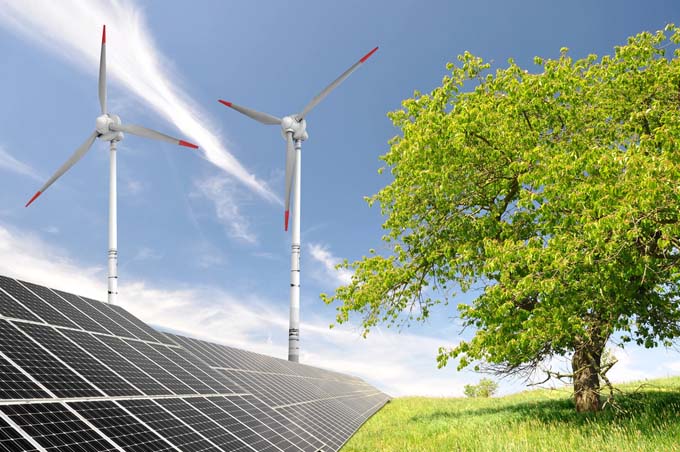Energy: Guided kites will soon replace wind turbines
Stunt kites could offer the answer to the energy lull in the wind turbine sector. Researchers at the Universidad Carlos III have found a technical solution for using wind at high altitudes to generate electricity. They are using kites, i.e. stunt kites like those used as auxiliary propulsion for ships.

Stunt kites consist only of a shell that is inflated like a balloon. Once the target altitude is reached, the kites prance in the wind and tug on the lightweight ropes that keep them from flying away. The pulling force is converted into rotation on the ground. The rotary motion is transferred to a generator, which then produces electricity.
So far only on a small scale
The researchers call their development "Airborne Wind Energy System" (AWES), which has so far only been realized on a small scale - when folded up, the envelope, including the traction cables, fits into a not-too-large backpack. Towers of this height are not economically feasible, says aerospace engineer Gonzalo Sánchez Arriaga, who co-developed AWES with Ricardo Borobia Moreno of the Spanish National Institute of Aerospace Technology in Torrejón de Ardoz.
Unlike conventional wind turbines, the scientists promise that the landscape will hardly be disturbed because the thin tethers are almost invisible. Because the material costs are also low, stunt kites would produce electricity much more cheaply than systems that stand on the ground.
The development of kite-based wind generators is supported by the European Commission and private companies, including Google.
Measurement devices and sensors on board
In order to build larger systems that generate appreciable amounts of electricity, the researchers have equipped a stunt kite with numerous measuring devices and sensors. Among other things, they record the kite's speed, the angles it takes as it dances in the wind, its position changes and the force with which it pulls on its tethers. This data is fed into a computer program that does most of the work in constructing a large installation.









